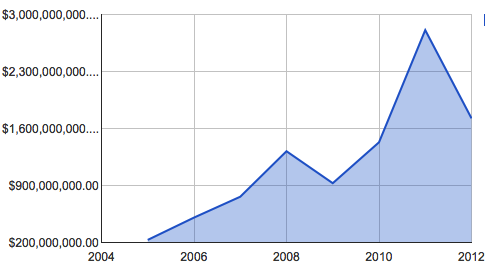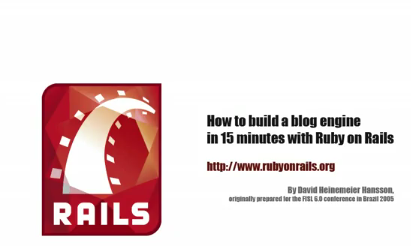We have clear, big data analytics from Curalate about what an engaging Instagram photo is. We can now create duck-face selfies, with lots of background and blue tones, at will, and get more likes.
I just hit 1000 followers a few weeks ago and average about 200 likes per photo. That’s an engagement of 20% that’s much higher than many of the brands or those on the suggested list.
How did I get here?
Well, thanks to those 1000+ followers, I grew engagement the hard way.
There are 3 reliable ways to do this.
1. Be engaged on Instagram: Like and comment positively on as many photos as your aesthetic sensibilities will allow you to. A good amount of time to spend reviewing and liking photos is 30 minutes a day split in the morning and evening. Think twice about leaving a critical comment since that isn’t really the culture of Instagram. If you are wondering where 30 minutes stacks up to the average user, it is 3 times more time than the average user. Like I said, this is the hard way.
2. Post really awesome photos: When you post a photo, post an awesome photo and use at least 11 hashtags. Here is a good sample of 11 hashtags to used based off of my interests and Statigr.am, a personal Instagram analytics site and viewer. This is the most effective method of getting new likes and follows within Instagram according to Curalate. When people comment on your photo, thank them or engage with them back in a positive way.
On weekends, participate in the Weekend Hashtag Project. If you have a personal brand that you are building and not a corporate one, you might get recognized by Instagram HQ from the Weekend Hashtag Project in a blog post. This will create even more engagement. Follow the Instagram account for announcements.
3. Best and funnest of all: go to the Photowalks. My Instagram account was stalled at around 200 followers for 2 years. It wasn’t until I started going out and meeting other Instagram users that I finally got to 1000. After every Photowalk, you can gain followers you met face to face, and then followers from those followers. Here’s awesome advice from a diehard Instagramer, Christian Beccara aka @throughthetinylens who has gotten lots of engagement, buzz, and met lots of folks on trips, recently to New York City:
For me it is about getting involved with the community, going out and shooting whenever possible, acknowledging other peoples comments and staying humble.
Great idea!



